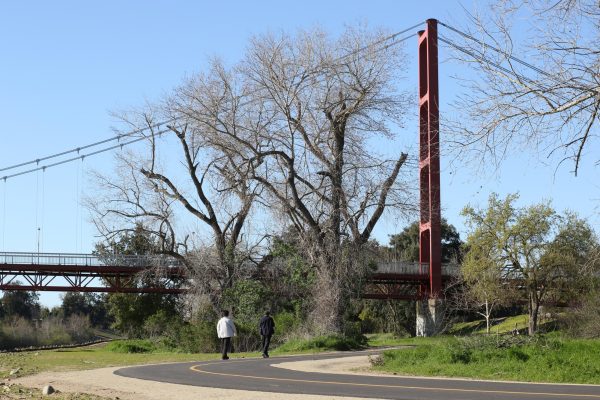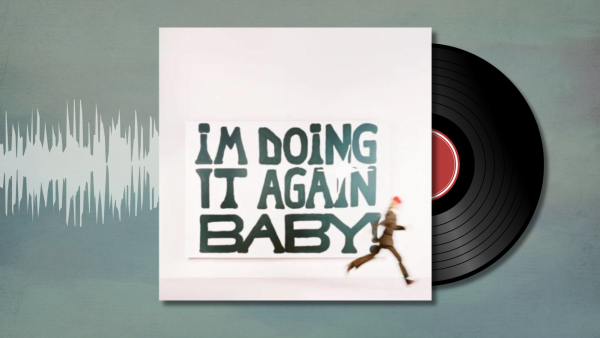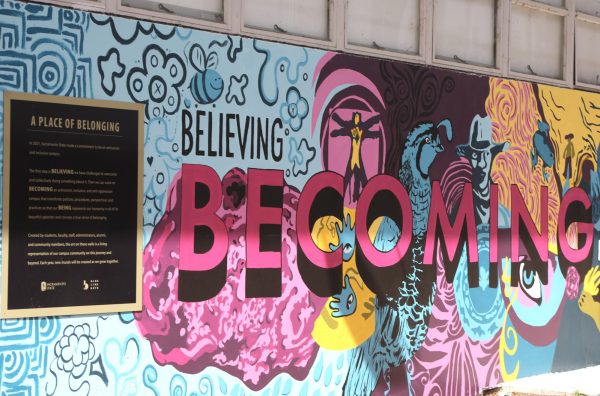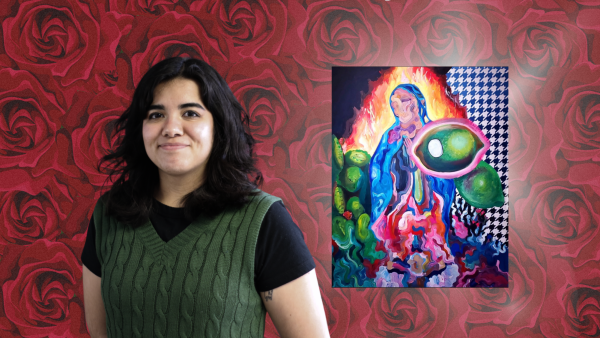History behind the scary jack-o-lantern tradition
October 30, 2014
Pumpkin carving is a tradition many students grew up with and still use to celebrate the coming of fall and Halloween, but few may know the origins of the carving tradition.
The origins of Halloween jack-o-lanterns started in Ireland with the Celtic Harvest Festival of Samhain.
Sacramento State history professor Candace Gregory-Abbott, who specializes in medieval history, said Christians later morphed the Celtic festival into All Saints’ Day, which Gregory-Abbott thinks of as the time to honor the “good dead.”
The eve of All Saints’ Day, also known as All Hallows’ Eve, was the night where underworld spirits were thought to descend onto Earth and roam freely among the living, what Gregory-Abbott describes as the day of the “scary dead.”
All Hallows’ Eve was eventually shortened to Halloween, but the Celtic traditions still remained.
Gregory-Abbott said the Irish originally carved scary faces into hollowed-out beets and turnips in the late 16th or early 17th century to protect themselves from evil spirits.
She explained that pumpkins are native to the Americas and it was not until the 19th century when Irish immigrants settled on the east coast that the first pumpkin jack-o-lantern was carved.
Pumpkins quickly took the place of turnips and beets because of their size, but Gregory-Abbott said the reasons for carving still remained the same.
“They carved pumpkins for two reasons, one: [carvings] were kind of mocking the evil spirits that were trying to get you,” Gregory-Abbott said. “And two: you tried to scare [spirits] away by carving the scariest face you could.”
Gregory-Abbott explained the glowing light from the pumpkins acted as a lantern to help guide humans safely through a night of gathering food.
A lot has changed since the first Halloween superstitions, but pumpkin carving has never been replaced, though it has gone through an artistic transformation.
With shows like Halloween Wars on the Food Network and massive pumpkin carving festivals spanning the nation, pumpkins have gained extensive popularity with artists and sculptors.
But not everyone can be a carving aficionado.
Lauren Keskeys is a junior photography major and looks forward to picking pumpkins to celebrate the fall season.
“I just carve the normal little face,” Keskeys said. “I’m not a pro pumpkin carver, but I try.”
Some like to pick a pumpkin for a purpose, while others may prefer to grab a gourd first and plan a design later. Either way, the end goal is the same, but here are a few tips to ensure carving success.
New carvers may be tempted to buy stencil kits from super stores, but those are not always necessary. Printing from the internet, or even free drawing with dry erase markers first will help guide a design along and help those who are more intimidated by putting an unforgiving knife to pumpkin.
Next, though a steak knife will work just as well, investing in a small pumpkin carving kit from the Dollar Store is worth the dollar for the smaller varieties of carving utensils available. Steak knives are wonderful for hacking through the thick flesh, but intricate details call for dainty, flexible saws.
Whether students go for a more gruesome carve to ward off Halloween spirits like the Irish did, or keep it simple with the classic jack-o-lantern smile, pumpkins have cemented themselves into Halloween culture.








































































































































